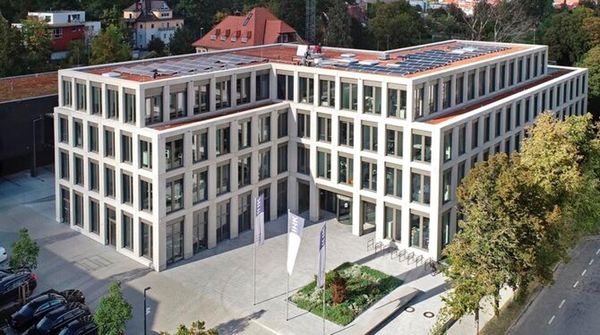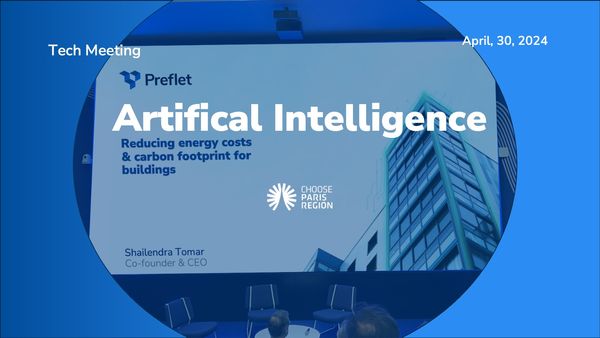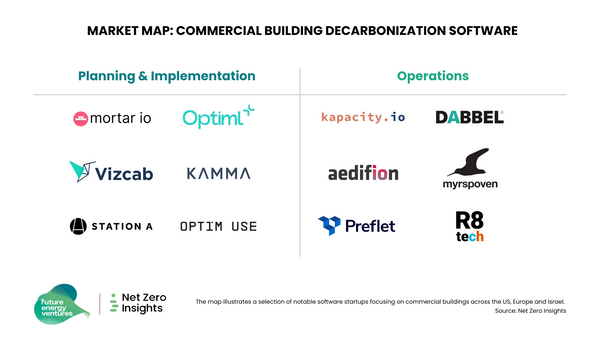Monitoring & Understanding Energy Utilization

Energy is one of the most essential resources for any business but it can also be expensive and wasteful.
The U.S. Department of Energy declares that commercial buildings and industrial facilities account for about half of the nation’s energy consumption and greenhouse gas emissions.
In Europe, buildings are responsible for significant energy consumption and greenhouse gas emissions. According to the European Commission, buildings in the EU are responsible for 40% of energy consumption and 36% of greenhouse gas emissions1. These emissions mainly stem from construction, usage, renovation, and demolition1. So, while the percentage of energy consumption and greenhouse gas emissions from buildings in Europe is not the same as in the United States, it is still a significant portion. Therefore, businesses must monitor and understand their energy utilisation and find ways to optimise it.
Monitoring and understanding energy utilisation can help businesses reduce their energy costs, improve operational efficiency, enhance environmental performance, and gain a competitive edge in the market. However, many companies need more tools, data, and expertise to manage their energy consumption effectively. Here are five tips for monitoring and understanding energy utilisation to help them overcome this challenge.
- Lead by example One of the first steps to achieving effective energy management is to create a culture of energy awareness and responsibility within the organisation. This can be done by setting clear goals and targets for energy reduction, communicating them to all employees, and providing incentives and recognition for achieving them. The leadership team should also demonstrate their commitment to energy efficiency by implementing best practices and investing in energy-saving technologies and equipment.
- Collect data before executing. To monitor and understand energy utilisation, businesses need to collect accurate and granular data on their energy consumption patterns and sources. This can be done by installing smart meters, sensors, and submeters to measure and record the energy use of different equipment, processes, and zones within the facility. The data collected should be accessible and transparent to all relevant stakeholders, such as managers, operators, engineers, and technicians.
- Analyse data and identify opportunities. Once the data is collected, it should be analysed and interpreted to identify improvement areas and energy savings opportunities. This can be done by using software tools that can aggregate, visualise, and benchmark the data and provide insights and recommendations based on the data. Some of the standard metrics that can be used to assess energy performance are:
- Energy intensity: The energy consumed per unit of output or activity.
- Energy efficiency: The ratio of output or activity to energy input.
- Energy productivity: The ratio of output or activity to energy cost.
- Energy waste: The energy consumed does not contribute to output or activity.
Using these metrics, businesses can compare their energy performance with industry standards or best practices, identify the sources of inefficiency or waste, and prioritise the actions that can yield the most savings.
4. Implement solutions and monitor results. After identifying the opportunities for energy savings, businesses should implement solutions that can address them. These solutions can range from simple behavioural changes, such as turning off lights or equipment when not in use, to more complex technical upgrades, such as installing variable frequency drives or heat recovery systems. The solutions should be aligned with the business goals and objectives, as well as the available budget and resources.
To ensure that the solutions are practical and sustainable, businesses should monitor their results and evaluate their impact on energy performance. This can be done using the same software tools used for data analysis and conducting regular audits and inspections. The results should be reported, communicated to all stakeholders, and used for feedback and improvement.
5. Appreciate that monitoring is a way to achieve great results. Monitoring and understanding energy utilisation is not a one-time activity but a continuous process that requires ongoing attention and effort. Businesses should appreciate that monitoring can achieve great results regarding energy savings, operational efficiency, environmental performance, and competitive advantage. Therefore, they should constantly review their data, analyse their performance, implement new solutions, monitor their results, and celebrate their achievements.
By following these five tips, businesses can better monitor and understand their energy utilisation and optimise it for their benefit.
If you want to monitor and understand your energy usage, consider checking out Preflet.com .Our Energy AI Platform for buildings can help reduce costs, lower carbon footprint, and turn data into actionable insights.
Contact us for more information or to request a demo.





